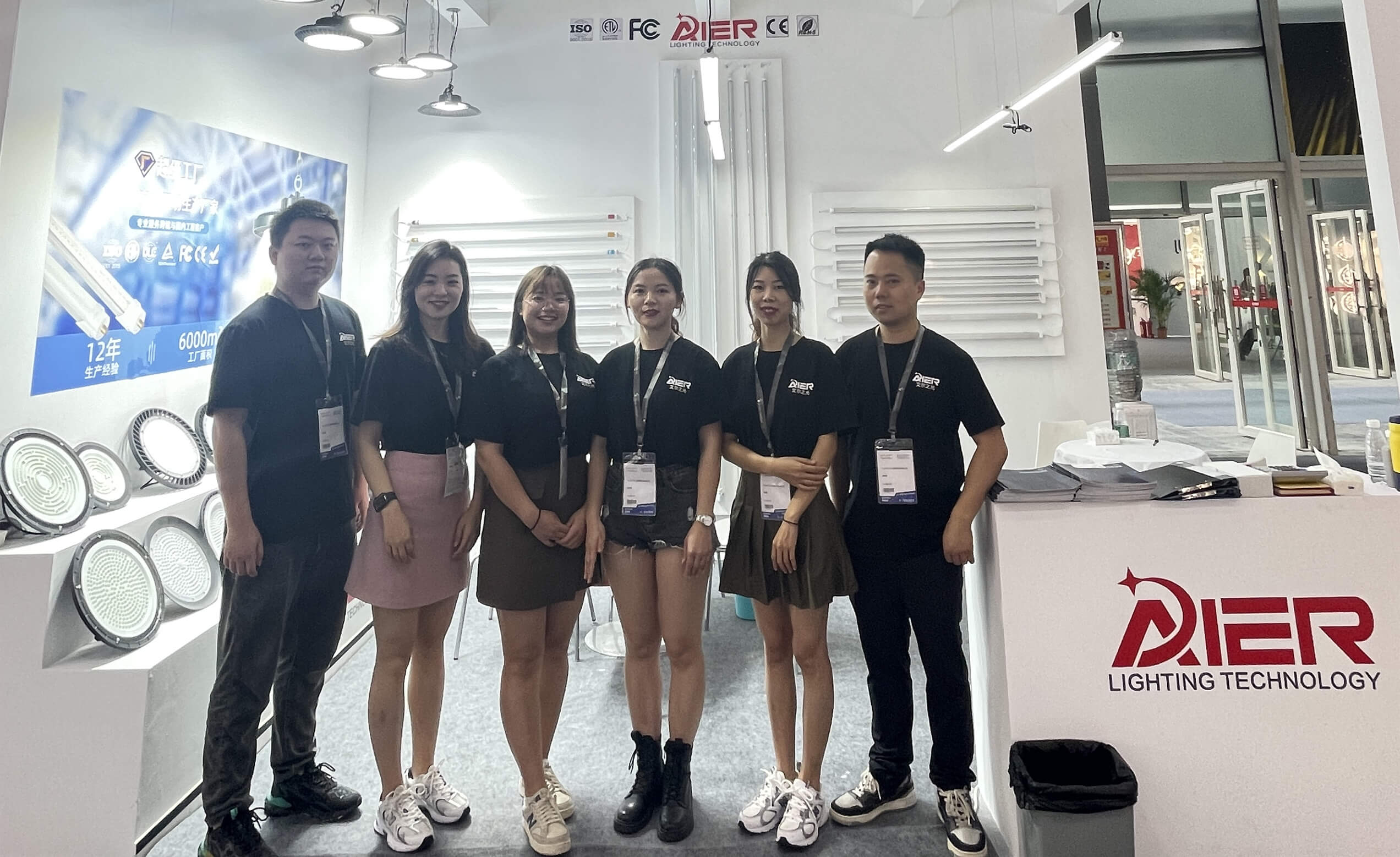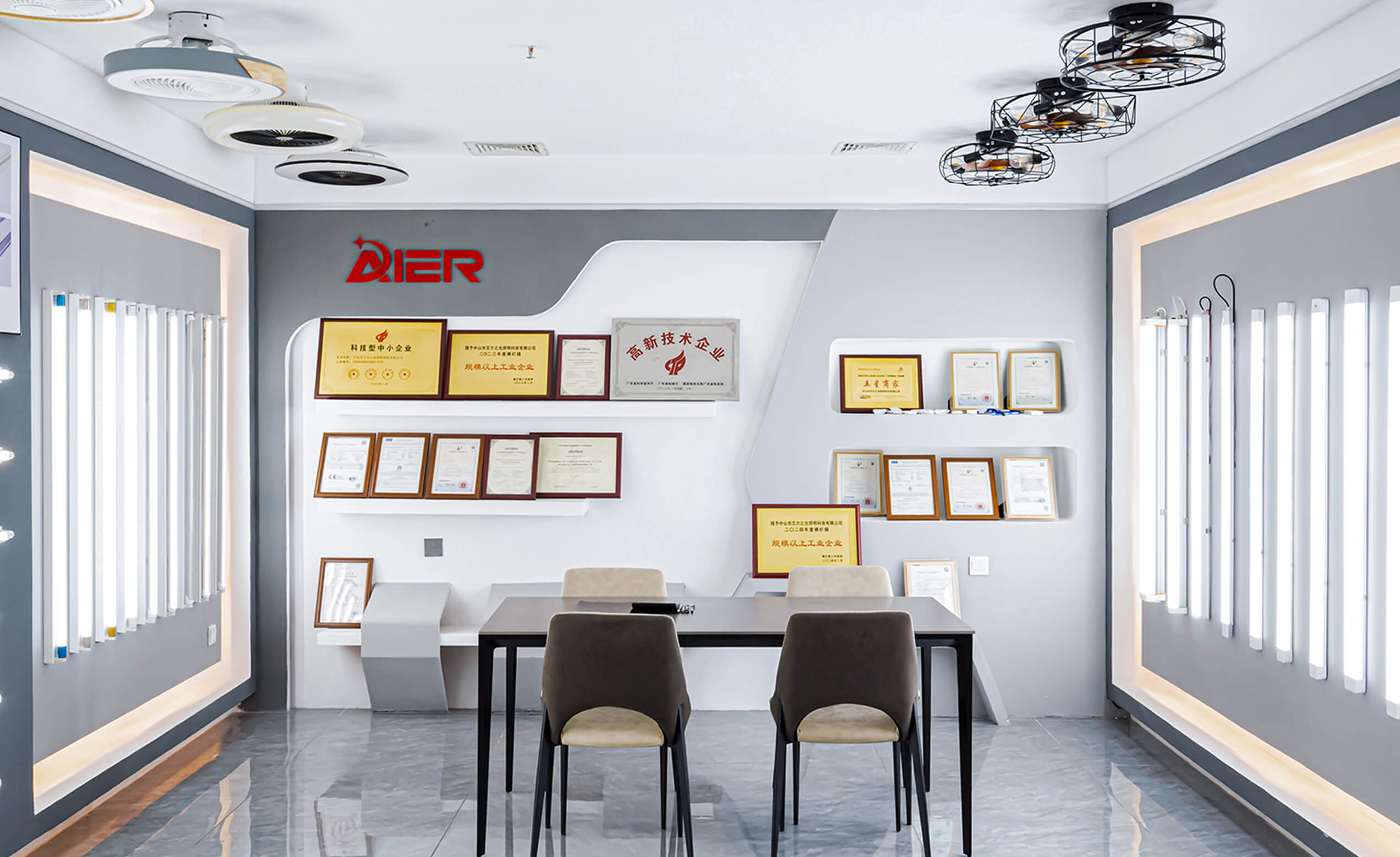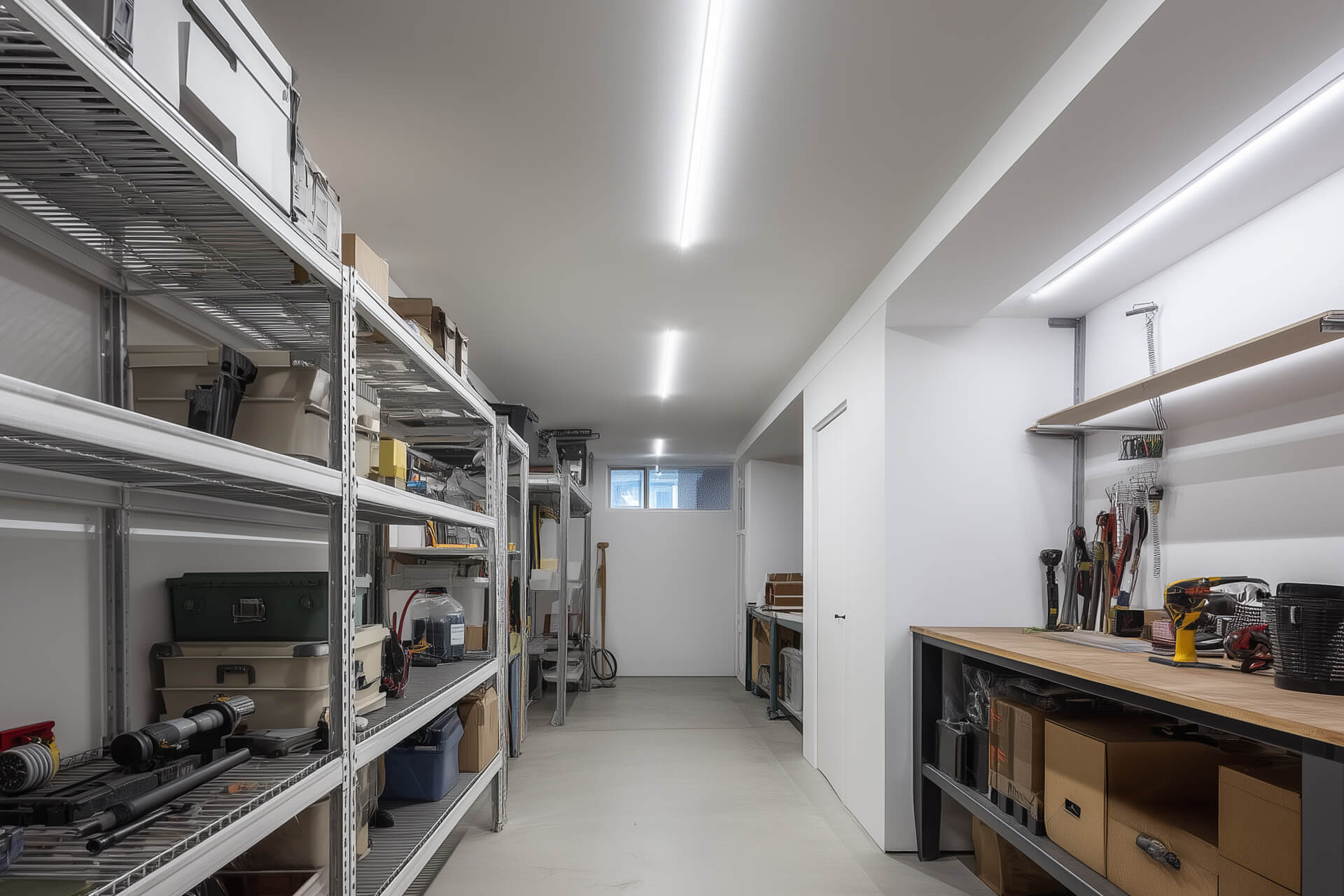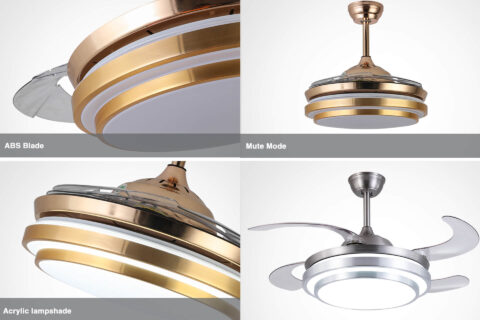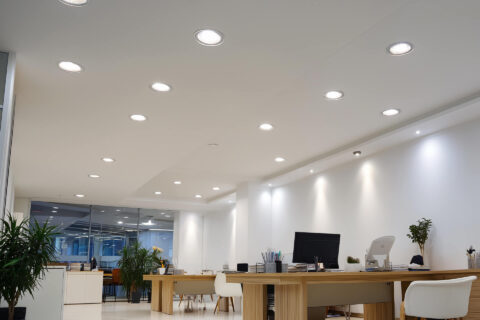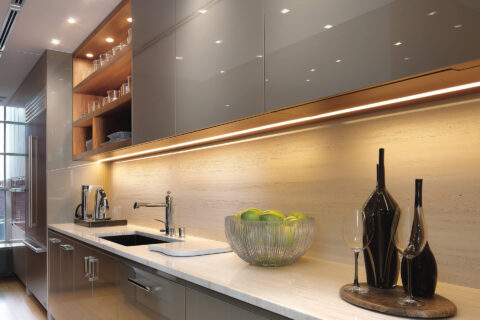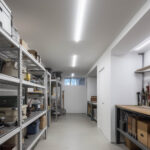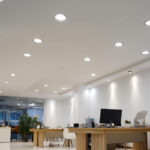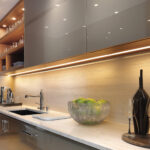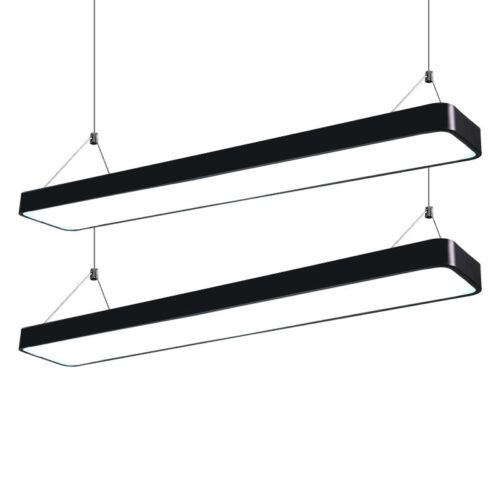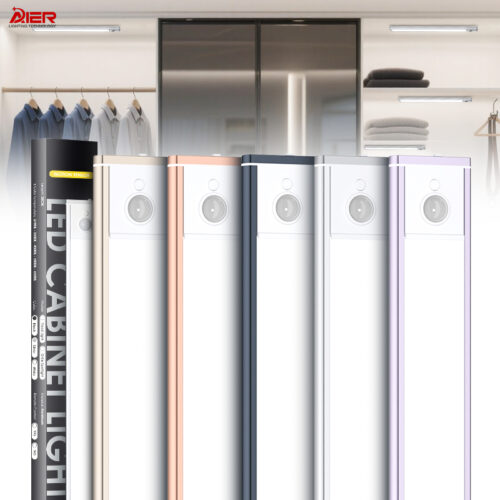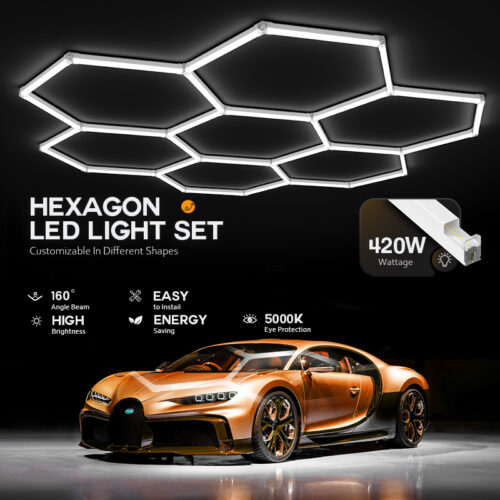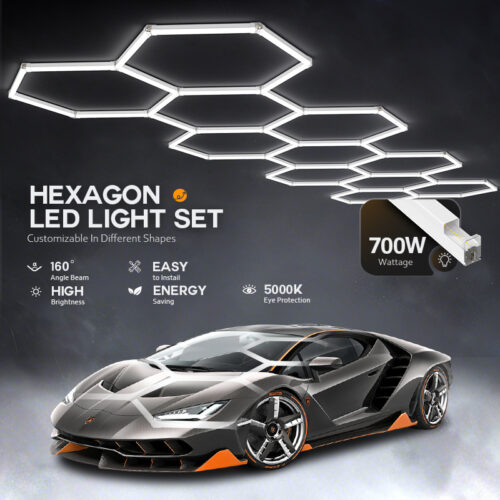In recent years, the shift toward energy-efficient and sustainable lighting solutions has led to the widespread adoption of the LED tube light. Found in residential, commercial, and industrial environments, these lights are redefining how spaces are illuminated. Compared to traditional fluorescent tubes, the LED tube light offers longer life, lower energy use, and improved light quality—all factors crucial to users seeking cost-effective and environmentally conscious lighting options.
- What Is an LED Tube Light?
An LED tube light is a linear lighting device that uses light-emitting diodes (LEDs) as the source of illumination. It is designed to replace conventional fluorescent tubes and is available in multiple sizes, most commonly T5, T8, and T12 formats. Though similar in shape to its fluorescent predecessors, it operates very differently—consuming less energy while emitting higher-quality light.
Key Technical Aspects
Base Type: G13 (most common)
Voltage Range: 85V–265V
Typical Wattages: 8W, 16W, 22W (replacing 18W, 36W, 58W fluorescents)
Luminous Efficacy: 100–150 lumens per watt
Color Temperatures: 2700K to 6500K (Warm White to Cool Daylight)
While traditional lights rely on gas discharge and phosphor coatings, LED technology generates light via solid-state diodes, allowing for instant brightness and longer service life.
- Why Choose LED Tube Lights Over Fluorescents?
2.1 Energy Efficiency
One of the primary advantages of the LED tube light is its energy-saving potential. It consumes up to 50–70% less electricity than a comparable fluorescent light. Over time, this translates into significantly reduced electricity bills.
2.2 Extended Lifespan
Most LED tube lights are rated for 30,000 to 50,000 hours of use, compared to the 8,000–15,000 hours offered by fluorescents. This reduces maintenance costs and minimizes the inconvenience of frequent replacements.
2.3 Better Light Quality
LEDs produce a more uniform and flicker-free light, which can reduce eye strain and enhance visual clarity. Their high Color Rendering Index (CRI) ensures that colors appear natural and vivid.
2.4 Environmental Responsibility
LEDs are free from mercury and other toxic materials found in fluorescent tubes. Their low power consumption also contributes to a lower carbon footprint, aligning with global energy efficiency goals.
- Types of LED Tube Lights
Choosing the right LED tube light requires an understanding of different types based on installation and operation methods:
3.1 Type A – Plug and Play
Works with existing fluorescent ballasts
Easiest to install, but ballast compatibility varies
3.2 Type B – Ballast Bypass
Requires direct wiring to mains voltage
Offers the highest energy efficiency and lowest long-term cost
3.3 Type C – External Driver
Uses a separate driver to power the tube
Offers flexible control but involves higher upfront cost
Each type serves specific installation needs. While plug-and-play options are convenient, the ballast bypass versions are favored for long-term savings.
- Applications of LED Tube Lights in Different Settings
The versatility of the LED tube light has made it a preferred choice across multiple sectors:
4.1 Residential Lighting
Kitchens, basements, and garages benefit from the bright, consistent illumination of LED tubes.
Motion-sensor and dimmable versions enhance functionality.
4.2 Commercial Offices
Reduce operational costs with energy-efficient ceiling lighting
Daylight-balanced LED tubes improve worker focus and mood
4.3 Retail Stores
Highlight products with high-CRI tubes that render colors accurately
Lower heat emission protects temperature-sensitive items
4.4 Industrial Spaces
Dustproof and waterproof LED tube lights are ideal for warehouses and factories
Long lifespans reduce maintenance interruptions
- Choosing the Right LED Tube Light
When selecting an LED tube light, several factors should be considered:
5.1 Brightness and Color Temperature
4000K to 5000K is ideal for workspaces
2700K to 3000K creates a cozy residential feel
5.2 Length and Form Factor
Standard lengths: 2ft, 4ft, 8ft
T8 tubes are the most commonly used due to balance of size and performance
5.3 Certifications and Quality Marks
Look for UL, DLC, CE, and RoHS compliance
These certifications ensure safety, quality, and environmental standards
- Installation and Safety Tips
While some LED tube lights are designed for direct replacement, others require rewiring. It is essential to:
Turn off power before installation
Follow the wiring diagram strictly (especially for Type B)
Use protective gloves when handling tubes
A professional electrician is recommended for ballast bypass installations to ensure compliance and safety.
- Future Trends in LED Tube Lighting
With advancements in IoT and smart home integration, the LED tube light is evolving:
Smart control via mobile apps or voice assistants
Color-tunable LEDs for mood-based lighting
Human-centric lighting (HCL) that adapts color temperature throughout the day
These developments reflect a shift from static lighting to interactive and dynamic environments.
Conclusion
The LED tube light stands out as a reliable, efficient, and sustainable lighting solution for modern users. Whether in homes, offices, or industrial environments, these lights provide superior performance, reduced operational costs, and a longer service life. When selected wisely and installed properly, they serve as a smart investment in any lighting infrastructure.
Frequently Asked Questions (FAQ)
Q1: Can LED tube lights be used in fixtures with ballasts?
A1: Yes, Type A LED tubes are designed to work with compatible ballasts. However, always check the manufacturer’s specifications.
Q2: How long does an LED tube light typically last?
A2: Most models last between 30,000 and 50,000 hours, depending on usage and operating conditions.
Q3: Are LED tube lights dimmable?
A3: Some models are dimmable, but you must ensure compatibility with the dimmer switch or control system.
Q4: Do LED tube lights require special disposal methods?
A4: No, unlike fluorescent tubes, LED lights do not contain hazardous materials and can be disposed of with regular electronic waste.
Q5: Is it safe to install LED tubes by myself?
A5: Plug-and-play types are user-friendly, but rewiring or ballast bypass models should be installed by a qualified electrician.



